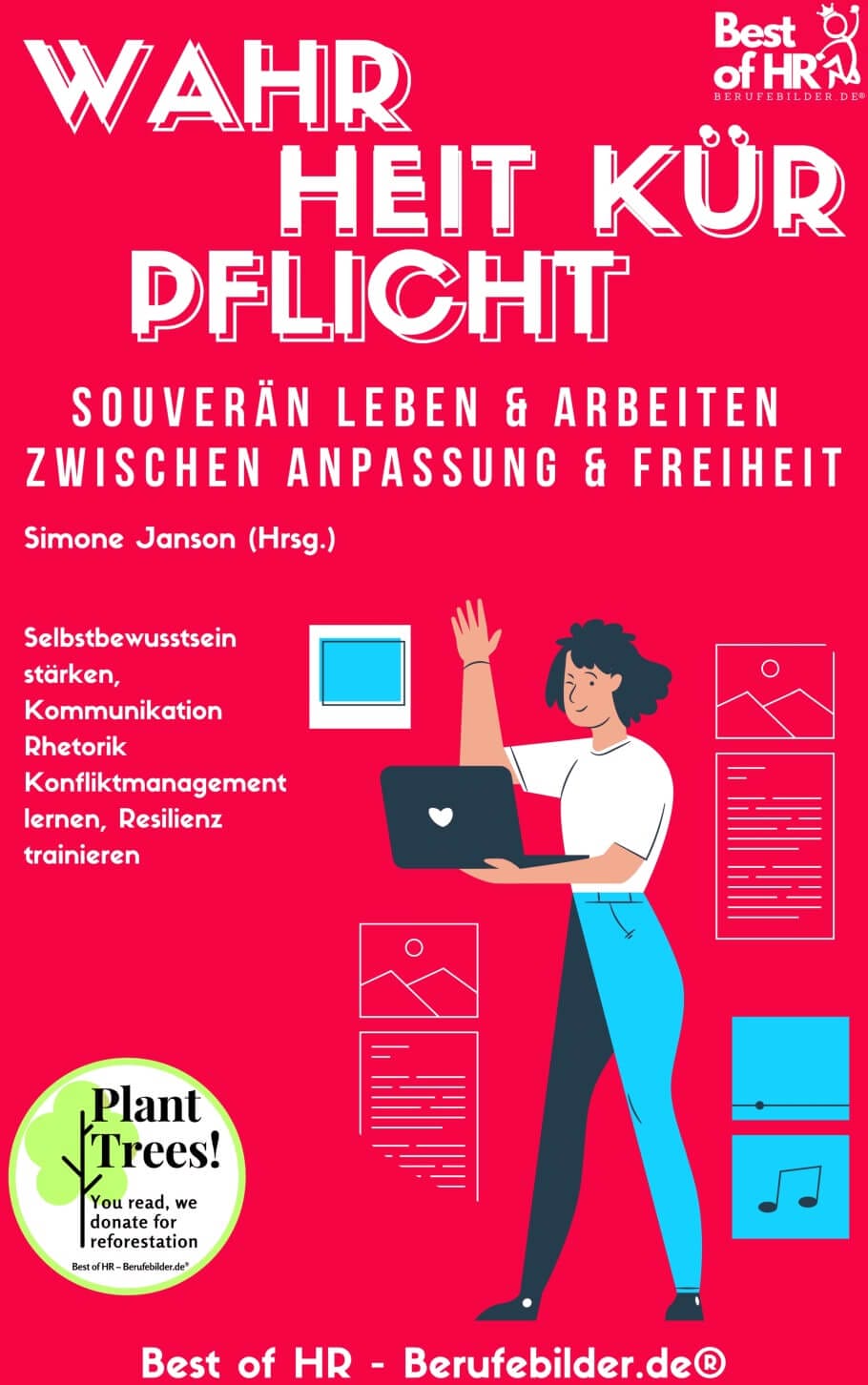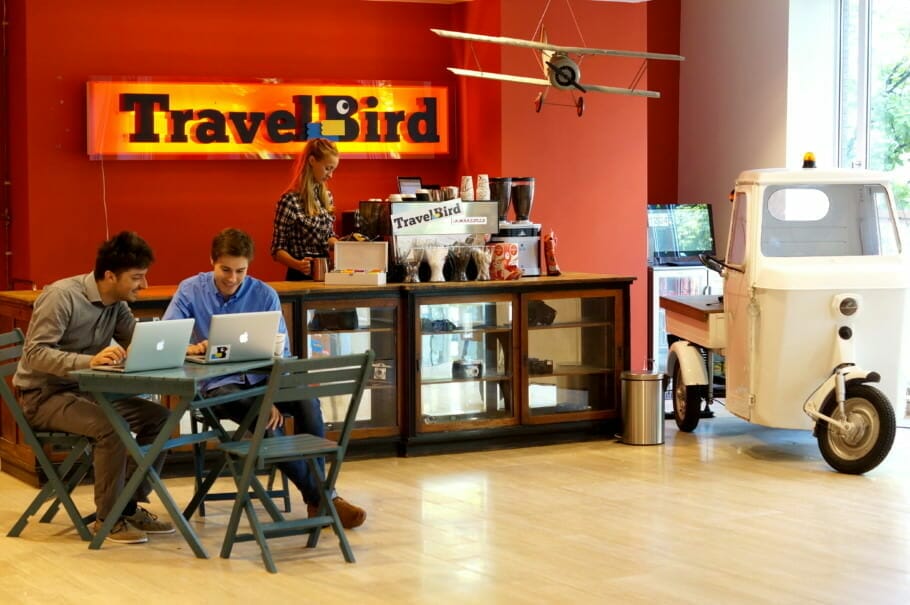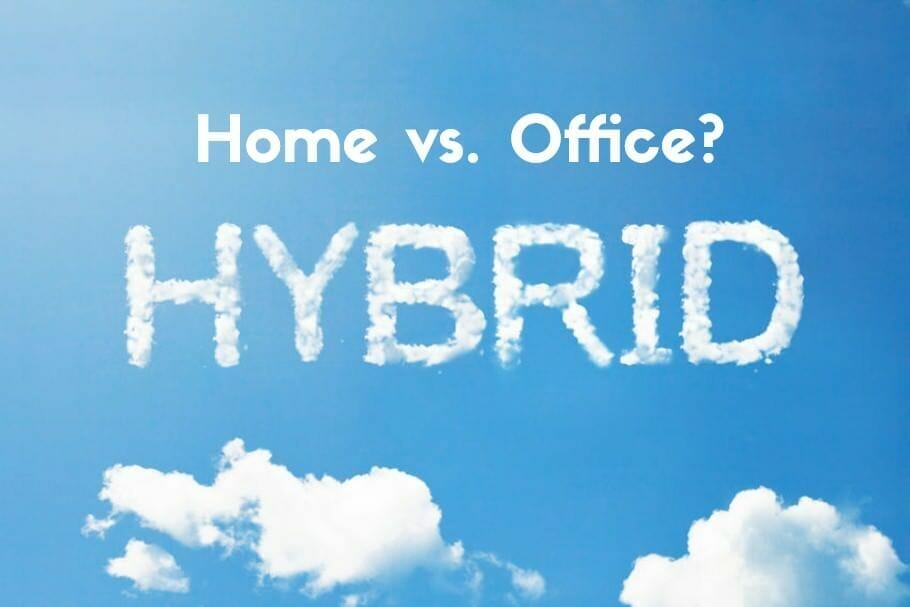Your shopping cart is currently empty!
For their successful, good life Information you really need: Government-funded publisher, awarded the Global Business Award as Publisher of the Year: Books, Magazine, eCourses, data-driven AI-Services. Print and online publications as well as the latest technology go hand in hand - with over 20 years of experience, partners like this Federal Ministry of Education, customers like Samsung, DELL, Telekom or universities. behind it Simone Janson, German Top 10 blogger, referenced in ARD, FAZ, ZEIT, WELT, Wikipedia.
Disclosure & Copyrights: Image material created as part of a free collaboration with Shutterstock. Text originally from: “Sprint: How to test new ideas and solve problems in just five days” (2016), More time: How to focus on what’s most important” (2018), published by Münchener Verlagsgruppe (MVG), reprinted with kind permission Authorization of the publisher.
Redesign work processes & change deadlocked habits
By Jake Knapp (More) • Last updated on October 29.05.2023, XNUMX • First published on 27.01.2021/XNUMX/XNUMX • So far 7924 readers, 3555 social media shares Likes & Reviews (5 / 5) • Read & write comments
When changes come in life, you often find that previous processes no longer work and have to be redesigned. How do you do this?

- When work no longer works
- Where do better ideas come from?
- How is work optimally divided?
- With team workshops to success
- The test on the customer
- The acid test for new ideas
- From an efficient work process to a new business idea
- Top books on the subject
- Read text as PDF
- Advice on success, goal achievement or marketing
- Book eCourse on Demand
- Skate eBook as desired
When work no longer works
My way of working just didn't work. In 2003 got mine Ms. and I our first child. When I subsequently returned to work, I wanted my working hours to be the same useful would be like the time i'm with my Family spent. I examined my work habits and realized that I wasn't concentrating on the most important tasks. So I started optimizing the way I work. I read books on productivity gains, created Excel spreadsheets to track whether I was working more efficiently when I exercised in the morning instead of at noon, or when I drank coffee instead of tea. In one month, I experimented with five different to-do lists. Yes, all this analysis was weird, but gradually I became more focused and organized.
And then, in 2007, I found a job at Google, where I found the perfect culture for a process freak like me. Google encourages its Employees to experiment, not only in relation to products, but also in terms of Methodsthat individual employees and teams use. Optimizing team processes became an obsession for me (yes, that's weird too). My first attempts consisted of brainstorming workshops with technical teams. Group brainstorming sessions, where everyone just throws their ideas around, make big ones Fun. After a few hours we had a pile of sticky notes and everyone was in high spirits. But one day, in the middle of a brainstorming session, an engineer interrupted the process with the question, "How do you know brainstorming works?" I didn't know how to answer that. The truth was quite embarrassing: although I asked the participants if they liked the workshop, I failed to measure the results. So I reviewed the results of my workshops and I noticed a problem. The ideas that were eventually implemented and Success did not come from the heckling during the brainstorming session. The best ideas came from another source.
Where do better ideas come from?
The books on the subject (advertising)
But where did they come from? Each workshop participant came up with their ideas the same way they always had - while sitting at a desk, waiting for their order in a coffee shop, or standing in the shower. These ideas developed by individuals were almost always superior to group ideas. After the enthusiastic atmosphere of the workshops had subsided, the brainstorming ideas could not keep up with the individually developed solution proposals. Perhaps there wasn't enough time in these sessions to really think deeply and deeply about the problem. Maybe it was because the brainstorms ended up with solutions that were nothing more than paper sketches instead of anything realistic. The more I thought about it, the more weaknesses I found in my approach.
I compared the brainstorming sessions to my own daily work at Google. I got the best results when I had a big challenge and was pressed for time. One of these projects took place in 2009. A Gmail engineer named Peter Balsiger had one Ideahow to send emails automatically to organize could. I loved it - the method is now known as the Priority Inbox - and brought in another engineer, Annie Chen, to help Team. Annie agreed, but she gave in to that Projects only a month. If we couldn't prove in that time that the idea would be feasible, she would move on to another project. I was me for sure, that a month would not be enough for us, but Annie is an outstanding engineer, so I decided to comply with her condition.
How is work optimally divided?
We divided the month into four weekly sections. Every week we developed a new version. Annie and Peter created a prototype and by the end of the week we tested the version on a few hundred users. By the end of the month we had found a solution that was understandable and that users would be happy to adopt. Annie stayed and led the Priority Inbox team. And somehow we managed to get the development done in a fraction of the usual time. A few months later I visited Serge Lachapelle and Mikael Drugge, two "Googlers" who worked in Stockholm. The three of us wanted to test an idea for browser-based video conferencing software. I had only come to Stockholm for a few days, so that's how we worked fast, as we could. At the end of my flying visit we had a working prototype. We emailed it to our colleagues and started using it for our conferences.
After a few months he was throughout Companys used. (An improved and fine-tuned version of this web-based app was later released under the name "Google Hangouts".) In both cases, I realized that I had worked far more effectively on these projects than in my daily work routine or any brainstorming workshop. What was the difference?
First, there was time to freely develop ideas, unlike the heckling of group brainstorming. On the other hand, you didn't have too much time. Approaching deadlines forced me to focus. I couldn't afford to dwell on details or get distracted by less important things, as I often do in my day-to-day work. Another key element was the people. Engineers, product managers and designers all worked in the same room. Everyone solved his or her part of the problem, and everyone was always willing and able to help Ask to answer the other.
With team workshops to success
Discounts for your success (advertising)!
That got me thinking about the team workshops again. What if I added those other magical elements to the workshops, the time for individual problem solving, the time to develop a prototype, and an immovable deadline? I decided to call this process a development "sprint." Once again, the Google teams readily embraced the experiment. I ran sprints for Chrome, Google Search, Gmail, and other projects - and loved it. The sprints worked. Ideas were tested, implemented, introduced, and best of all, they turned out to be real Welt often had success. The sprint process spread like wildfire from team to team and from Office to office. A designer from Google X was interested in the method and ran a sprint for a team in Google Ads. The Googlers from the Ads Sprint told their peers about it, and so on. I soon found out about sprints from people I had never spoken to. Of course I made mistakes too. Forty people took part in my first sprint—of course, that was far too many participants, and it almost blew up the sprint before it even started. I adjusted the time for developing ideas and prototyping. I figured out what was too fast, what was too slow, and finally what was just the right time.
A few years later I met with Bill Maris to talk about sprints. Bill is CEO of Google Ventures (GV), a venture capital firm that Google founded to invest in promising startups invest. Bill is one of the most influential People in Silicon Valley. You wouldn't guess that from its outward appearance. He was wearing his signature outfit that afternoon: a baseball cap and a T-shirt that said something about Vermont. Bill was interested in the idea of running sprints in the GV portfolio startups. Start-ups usually only get one chance to develop a successful product before the money supply is cut off. Sprints offered these companies a way to quickly find out if they were on the right track before they took the risk to implement and commercialize their product ideas. A lot could be done by conducting sprints Money save and a lot of money at the same time to earn.
The test on the customer
To do this, however, I had to revise the sprint process. I had focused on individual and team productivity for years, but knew next to nothing about startups and their specific business problems. Still, Bill's enthusiasm convinced me that Google Ventures was the right place for sprints—and the right place for me. "Our mission is to find the best entrepreneurs on the planet and help them make the world a better place," he said. The fascination of this message I couldn't escape. At Google Ventures, I joined forces with three other development partners: Braden Kowitz, John Zeratsky, and Michael Margolis. Together we started doing sprints with the startups, experimenting with the process and examining the results to optimize the process.
Braden Kowitz added story-centered design to the sprint process, an unconventional approach that focuses on the entire customer experience rather than individual components or technologies. John Zeratsky helped us start from the end - that is, the long term Objective – so that each sprint would provide the answers to the most important business questions. Braden and John had the start-up and business experience I lacked, and they redesigned the process to be more focused and streamlined with each sprint decide. Michael Margolis taught us to test every sprint on real people customers to complete. He is engaged in customer research, whose Planning and implementation can sometimes take weeks, and he found a method that we can use in a single day klare results received. That was a revelation. We didn't have to rely on speculation as to whether our Solutions were good or not. At the end of each sprint we had clear answers.
The acid test for new ideas
And then there's Daniel Burka, an entrepreneur who founded two startups himself before selling one to Google and joining Google Ventures. When I first explained the sprint process to him, he was skeptical. As he later told me, "that sounded like a lot of managerial gibberish." But he was willing to try it. “In that first sprint we cut all the bullshit and achieved a really ambitious goal in just one week. From then on I was convinced.« Once we recruited Daniel, his hands-on experience as a business founder and his zero tolerance for nonsense helped us to perfect the process. Since the first sprint for Google Venture, we've continued to tweak and experiment with the process. At first we thought rapid prototyping and customer research would only work on mass-market products. Would we move forward just as quickly if our customers were medical or Finance would be?
To our surprise, the five-day process worked well with a wide variety of clients, from investors to farmers, from oncologists to small business owners. It has proven itself for websites, iPhone apps, medical reports and high-tech devices. And it didn't just prove itself in product development. We've used sprints for prioritization, marketing strategies, and even business naming. Each time, the process brings competent teams together and breathes life into their ideas. In recent years our team has had fantastic chances and opportunities to experiment and validate our ideas about work processes. We have with the Startups conducted more than a hundred sprints in Google Ventures portfolio. We've worked with and learned from brilliant entrepreneurs, including Anne Wojcicki (founder of 23andMe), Evan Williams (Founders from Twitter, Blogger and Medium) as well as Chad Hurley and Steve Chen (founders of YouTube).
From an efficient work process to a new business idea
At first I just wanted to make my working days efficient and meaningful. I wanted to focus on the really important things and make sure that my time was used wisely - for me, for my team and for our customers. Well, more than a decade later, the sprint process has consistently helped me achieve that goal.
Maybe you're one of the lucky ones who have theirs Job chose because they have a bold vision. They want to convey that vision to the world, whether it's a message, a service or an experience, a piece of software, hardware, or—as in the case of this book—a story or an idea. However, implementing a vision is very difficult. too light you get at the Implementation in turmoil: an endless barrage of emails, missed deadlines, Meetings, which turn out to be time wasters and long-term projects based on questionable assumptions. It doesn't have to be. Sprints provide a way by which to get big Problems solved and have new ideas tested, with which more can generally be done, and in a much shorter time than before. Besides, you can have fun while doing it. In other words, you have to try it yourself.
Top books on the subject
Read text as PDF
Acquire this text as a PDF (only for own use without passing it on according to Terms and conditions): Please send us one after purchase eMail with the desired title supportberufebilder.de, we will then send the PDF to you immediately. You can also purchase text series.
4,99€Buy
Advice on success, goal achievement or marketing
You have questions about Career, Recruiting, personal development or increasing reach? Our AI consultant will help you for 5 euros a month – free for book buyers. We offer special ones for other topics IT services
5,00€ / per month Book
Book eCourse on Demand
Up to 30 lessons with 4 learning tasks each + final lesson as a PDF download. Please send us one after purchase eMail with the desired title supportberufebilder.de. Alternatively, we would be happy to put your course together for you or offer you a personal, regular one eMail-Course - all further information!
29,99€Buy
Skate eBook as desired
If our store does not offer you your desired topic: We will be happy to put together a book according to your wishes and deliver it in a format of yours Choice. Please sign us after purchase supportberufebilder.de
79,99€Buy
Here writes for you
Jake Knapp designed the sprint process for Google Ventures. At Google, he managed sprint processes for Gmail to Google X. He is currently one of the most important developers in the world. All lyrics by Jake Knapp.


















Post a Comment